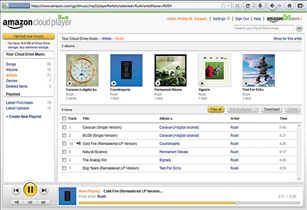
( Spotify HiFi, weirdly, remains a no-show.) That said, nearly all of the streaming music services now offer lossless or high bitrate options - that's nearly all the big players, from Tidal and Qobuz to Amazon and Apple.

If you're the sort of person who has hard drives full of uncompressed music audio files - and can hear the difference between that and comparatively low-resolution MP3 and AAC files - then, by all means, pair up one of those players with your wired headphone of choice.

(Phish fans, I'm looking at you.)Īt this point, there are really only two major players in the high-end portable music space: Astell & Kern and Sony (where the Walkman brand still lives on). Maybe you have rare, one-off live tracks that don't exist on mainstream services. Maybe you've got one too many subscriptions already, so why pay for one more when you already have a music library of thousands of MP3 files sitting on your hard drive? Or maybe you've meticulously crafted iTunes playlists, like mixtapes of old, that you don't want to re-create or transfer to another service. And the tracks are downloadable, too, so you can listen to your music even when you leave a Wi-Fi or cellular coverage area. You pay your $5 to $10 a month, and you get access to nearly every popular song ever recorded. Any iPhone or Android phone is an audio player that works with subscription music apps like Spotify, Apple Music, Tidal, Amazon Music and YouTube Music.

Standalone MP3 players dominated pop culture for a long time, but in 2023 almost no one needs one.


 0 kommentar(er)
0 kommentar(er)
